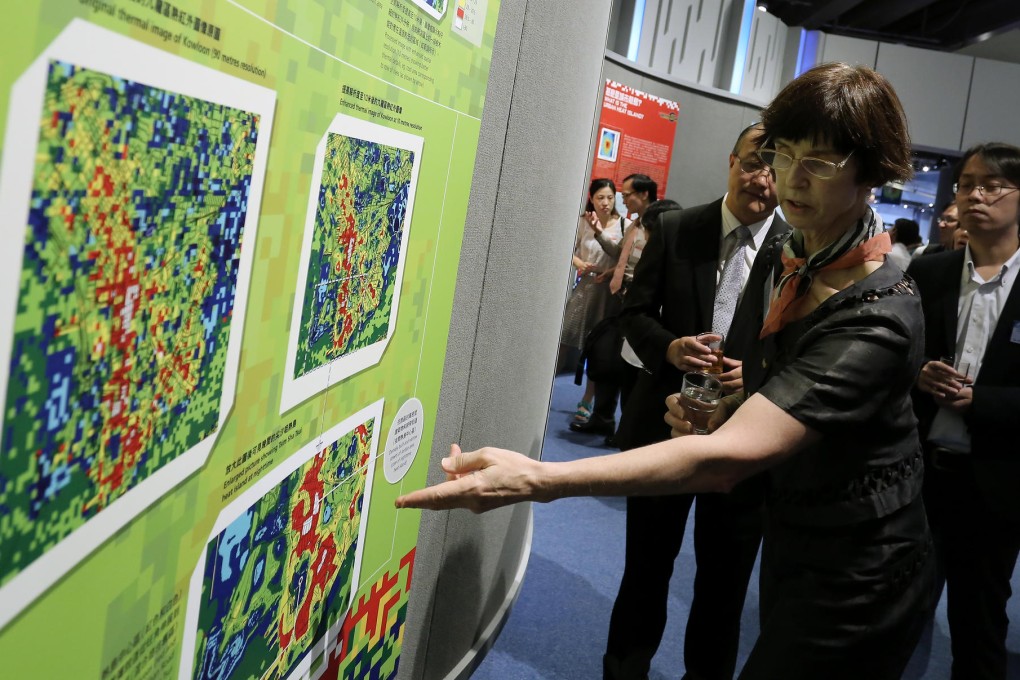Hong Kong's heating up, and it's not global warming
Temperatures in typical urban areas of the city are expected to rise by two to three degrees Celsius in the next three decades, according to findings unveiled by the Polytechnic University yesterday.

The heat is rising in Hong Kong - and not just in politics.
Temperatures in typical urban areas of the city are expected to rise by two to three degrees Celsius in the next three decades, according to findings unveiled by the Polytechnic University yesterday. But greenhouse gases are only a minor cause, expected to contribute just over 0.7 of a degree to the increase.
The main culprit is a phenomenon known as the urban heat island effect, common in high-density areas where buildings and roads store the sun's heat in the day and release it at night.
"The core areas [getting hotter] are the commercial districts, such as the junction between Nathan Road and Argyle Street in Mong Kok, and also the Chinatown area of Jordan around Temple Street," Professor Janet Nichol, of the university's land surveying and geo-informatics department, said yesterday.
"These are not high-rise areas; they are high-density areas where the buildings are older and there's not so much space between them."
An increase of three degrees in urban areas over three decades might not seem cause for concern to many. But Nichol said that with every degree increase above 26 the mortality rate for heat stress doubled, with those who cannot afford air conditioning most at risk.
